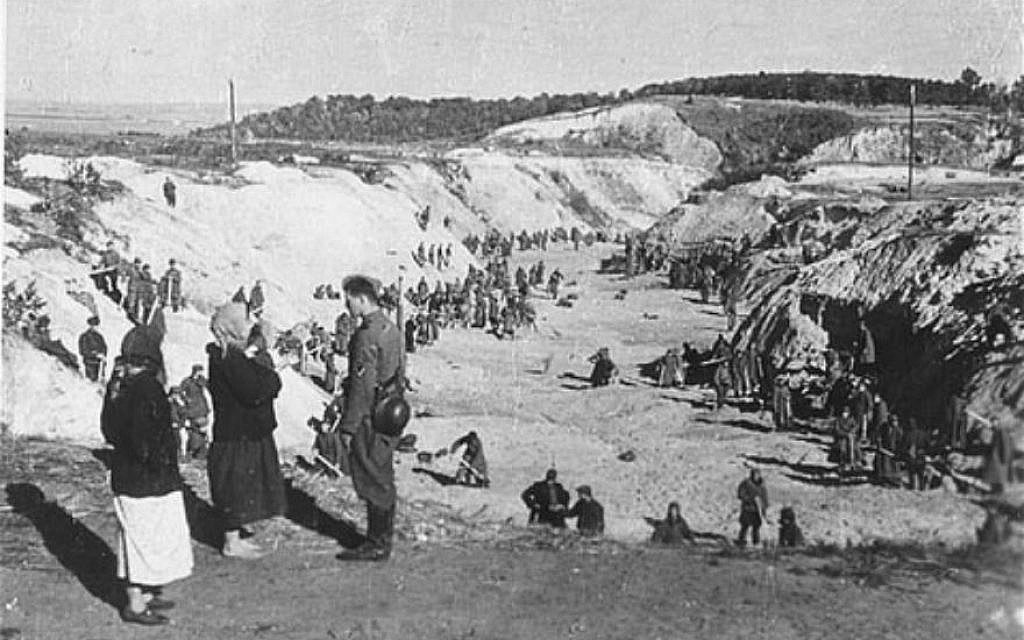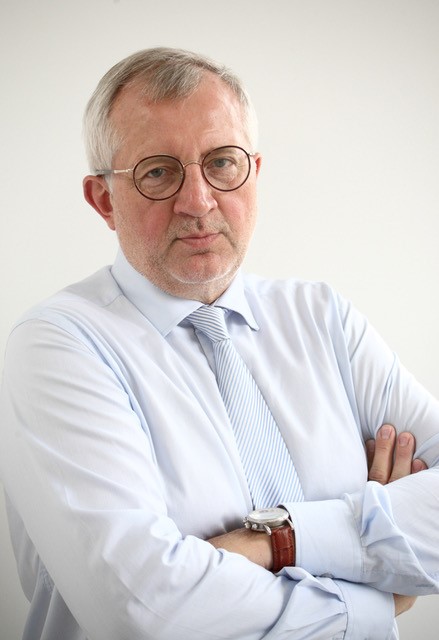
Have you heard of the Tokar family? Mosze, Basia, Ita or Motl?
I’ll let you think about that for a moment.
When we think of the Holocaust, a number of names quickly come to mind – Adolf Hitler, Josef Goebbels, and victims like Anne Frank. Popular culture focuses on the heroes and heroines, depicting the actions of individuals such as Oskar Schindler, or Irena Sendlerowa as well as telling the accounts of the survivors of this tragedy. Yet, the Babyn Yar story, unparalleled in its devastation, has not yet made it into the Western public consciousness.
Telling the story
Between the 29th and 30th of September 1941, 33,771 Jews, including Mosze, Basia, Ita and Motl Tokar, were killed at Babyn Yar, a ravine in the Ukrainian capital of Kyiv.
Axis forces, mainly consisting of the German army, took Kyiv on the 19th September and special SS squads prepared to carry out Adolf Hitler’s orders to exterminate all Jews and Soviet officials found there. Beginning on the 29th September, victims were marched in small groups to the Babyn Yar ravine to the north of the city, ordered to give up their luggage, clothing and underwear, and then murdered by machine-gun. The massacre ended 48 hours later, with dead and wounded alike buried in the ravine beneath dirt and rock. Then another 1.5 million were killed in similar way, across the occupied territories.
The two-day massacre alone was the largest mass killing of the Nazi regime. Yet, this was only the beginning of a continued genocide against Jews. The same territory was a place of crime of Soviet prisoners of war, Romani people and Ukrainian nationalists in the region.
As the German armies retreated from the USSR, the Nazis attempted to hide evidence of the massacres by exhuming the bodies and burning them in large pyres. Numerous eyewitnesses and other evidence, however, attests to these atrocities at Babyn Yar, which became a symbol of Jewish suffering in the Holocaust.
It is unthinkable that such a massive incident has gone relatively unnoticed, until now.
Starting the dialogue
The Babyn Yar Holocaust Memorial Center (BYHMC) in Kyiv is working tell this story, against the current climate of intolerance. BYHMC aims to build a center of documentation, commemoration and education on these tragic events, remembering the lives of individuals such as Mosze Tokar.
Protecting the human rights of society’s most vulnerable is more important than ever before. With International Romani Day tacking place on Monday 8th April, this history serves as an essential reminder of the importance of memorialisation to safeguard marginalised groups in the future.
The Babyn Yar story has significance all over the world, and in 2019 people need to hear its name. That last chapter to complete European story of the Holocaust.
So, why aren’t we talking about Babyn Yar?
 By Marek Siwiec
By Marek Siwiec
Senior Public Affairs Advisor, Babyn Yar Holocaust Memorial Center
Marek Siwiec is a well-known Polish and European politician. Having started his career as a journalist, in 1991-1997 he was a member of the Polish parliament. In 1996-2004 Mr. Siwiec held a position of the Secretary of State at the Chancellery of the President of the Republic of Poland simultaneously being a Chief of the Polish National Security Bureau (National Security Adviser). In 2004-2014 he was a Member of the European Parliament (in 2007-2009 he served as a Vice-President of the European Parliament) responsible for the EP relations with Eastern Partners and PABSEC. Since 2016 Mr. Siwiec is involved in the Babyn Yar Holocaust Memorial Center project.